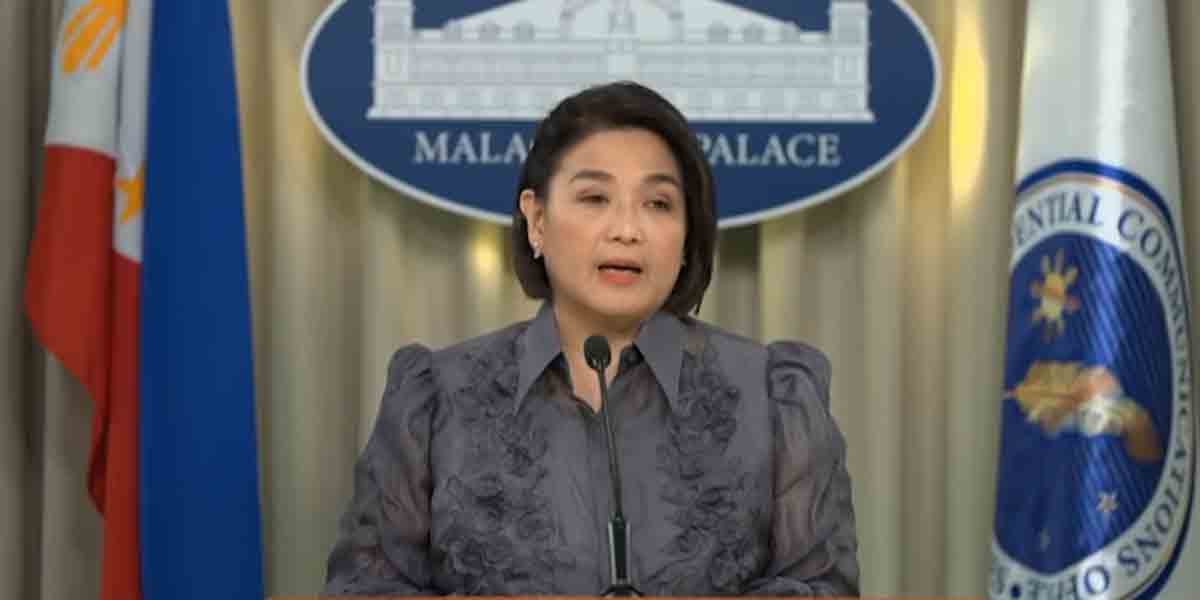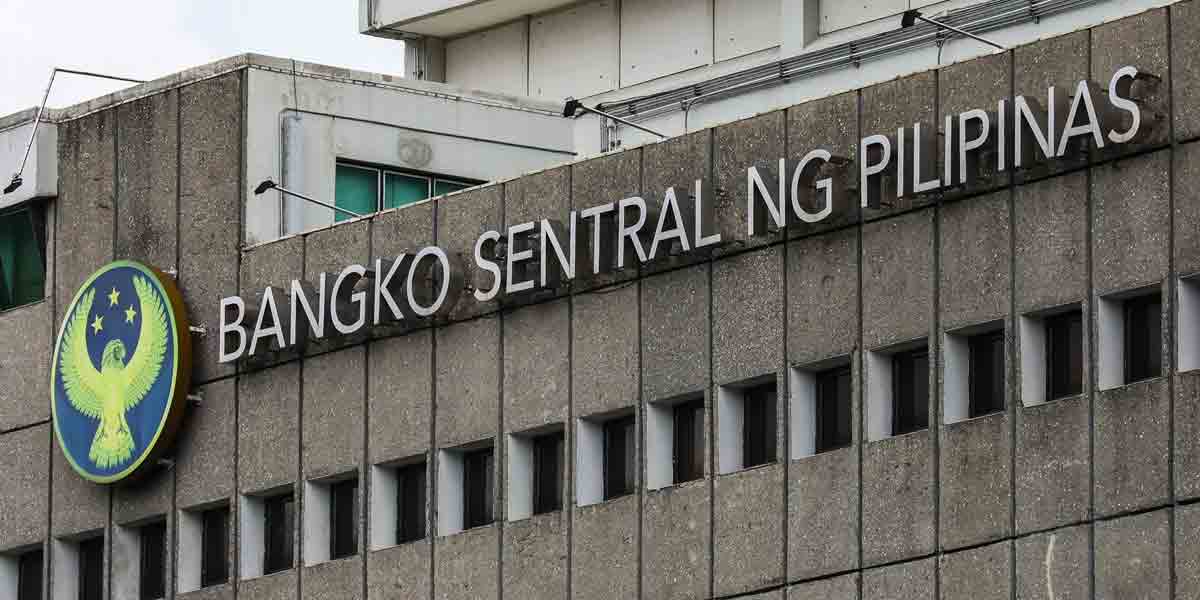The Philippines’ national government debt rose to PHP16.63 trillion as of end-February 2025, but remained within manageable levels as the peso’s appreciation helped offset foreign debt obligations, according to the Bureau of the Treasury.
The debt stock increased by PHP319.26 billion or 1.96% from January 2025, driven mainly by net issuances of domestic and external debt aimed at funding priority public programs and infrastructure projects.
Of the total, PHP11.22 trillion or 67.5% came from domestic sources, while PHP5.41 trillion or 32.5% was sourced externally, reflecting what officials described as a “prudent financing mix” that minimizes foreign exchange risk while leveraging the local capital market.
The peso appreciated from PHP58.375 per US dollar at end-January to PHP57.990 by end-February, slightly easing the country’s external debt burden.
“The strengthening of the peso helped manage foreign debt obligations, partially tempering the increase in total outstanding debt,” the Bureau of the Treasury stated in its press release dated April 1.
Domestic debt increased by PHP139.62 billion or 1.26% due to PHP140.72 billion in net financing, with the government issuing PHP268.25 billion worth of securities and redeeming PHP127.53 billion during the month.
The peso’s appreciation also shaved off PHP1.10 billion from the valuation of domestic debt instruments, further moderating the rise.
Meanwhile, external debt grew by PHP179.64 billion or 3.44% from the previous month, largely due to a net availment of foreign loans totaling PHP193.71 billion, and a PHP20.41 billion net appreciation effect on third-currency-denominated debt.
However, these increases were partially offset by a PHP34.48 billion valuation gain due to the peso’s rise against the dollar.
In February, the Philippines raised PHP197.30 billion in total external financing, including PHP190.82 billion through a triple-tranche global bond issuance.
This global offering included 10- and 25-year U.S. dollar bonds worth USD2.25 billion, as well as a 25-year euro bond worth EUR1.0 billion.
The government also secured PHP6.48 billion in project loans from development partners.
These included PHP3.86 billion in rail projects funded by the Japan International Cooperation Agency (JICA), PHP1.71 billion for connectivity and health projects through the Asian Development Bank (ADB), and PHP0.91 billion in agriculture and health initiatives via the International Bank for Reconstruction and Development (IBRD).
In contrast to rising obligations, government-guaranteed debt decreased by PHP5.16 billion or 1.49% to PHP341.11 billion from January’s PHP346.27 billion.
This decline was attributed to net repayments amounting to PHP5.83 billion in domestic guarantees and PHP150 million in external guarantees, alongside a PHP610 million reduction from foreign exchange gains.
These were slightly offset by PHP1.43 billion in valuation losses from third-currency-denominated guarantees.
The Department of Finance has consistently reiterated its commitment to fiscal sustainability, targeting a medium-term fiscal framework that balances infrastructure spending, social services, and debt management.
As of February, the debt-to-GDP ratio remains a closely watched indicator, though updated figures are expected in the forthcoming fiscal performance release.
In 2024, the national government maintained a debt-to-GDP ratio of 60.2%, slightly above the internationally accepted threshold of 60% but down from its pandemic-era peak.
The Marcos administration has prioritized capital-intensive projects under the “Build Better More” infrastructure program, with over PHP1.29 trillion earmarked for public works in 2025.
Analysts note that the growing debt is not inherently problematic if used efficiently to generate economic growth, particularly through investments in transportation, health, and education.
However, they caution that rising interest rates and foreign exchange volatility could increase the cost of servicing debt.
In January, the Bangko Sentral ng Pilipinas (BSP) held its benchmark interest rate at 6.5% as inflation showed signs of easing but remained above target.
Despite these challenges, the government continues to tap both domestic and international markets, including retail treasury bonds and multilateral loans, to bridge its budget deficit while maintaining investor confidence.
The Bureau of the Treasury has said it will continue to monitor market conditions and foreign exchange movements to optimize its borrowing strategy.
For now, a strong peso and successful bond issuances offer some buffer — but fiscal discipline, strategic spending, and transparency remain key to sustaining manageable debt levels in 2025 and beyond.





















